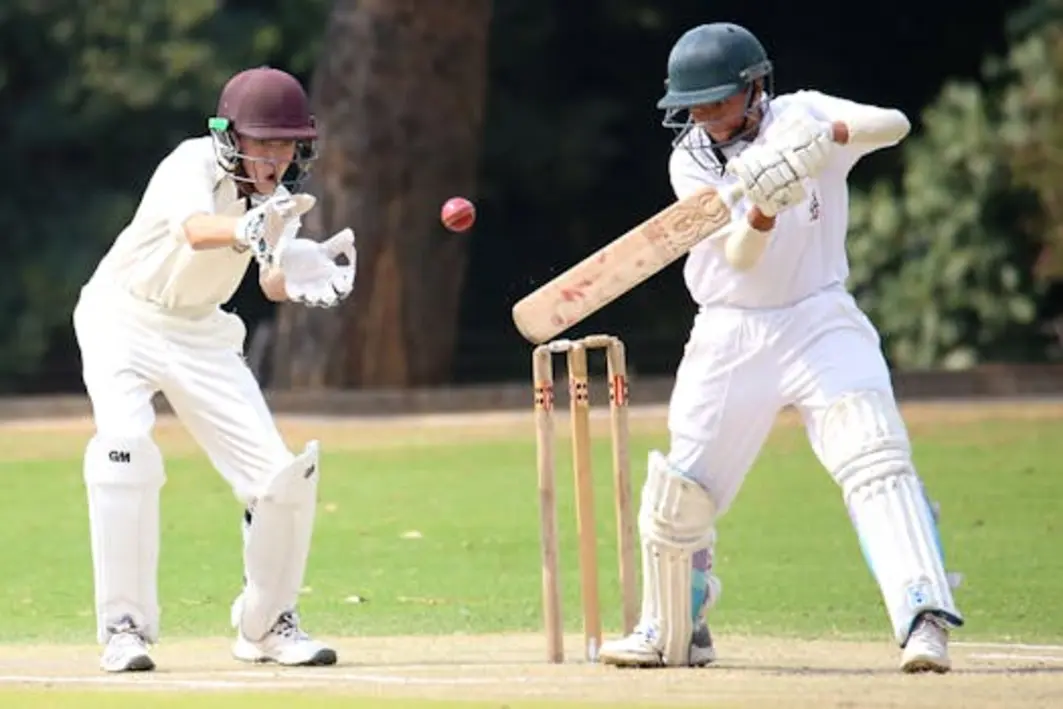
Cricket Drama: When Yashasvi Jaiswal’s Bat Surrendered & India’s Solid Start
Ever been in a situation where everything seemed to be going smoothly, only for something unexpected to throw a wrench in the works? Perhaps your car breaks down on the way to an important meeting, or your computer decides to crash just as you’re about to save your masterpiece. Well, imagine that feeling, amplified by thousands of spectators, cameras flashing, and the weight of a Test match hanging in the balance. This was the reality for young Indian batsman Yashasvi Jaiswal during a recent match at Old Trafford.
On the other hand, this dramatic incident became a symbol of resilience and determination, highlighting the importance of composure under pressure. In this article, we’ll unpack the key moments of the game, analyze India’s opening strategy, and discuss the implications of this solid start. You’ll discover how the seemingly small details – like a bat handle snapping – can dramatically shift the course of a match, and learn valuable lessons about adapting to adversity and maintaining focus.
The Explosive Incident: A Bat’s Demise and a Player’s Composure
The fourth Test between India and England at Old Trafford began with a captivating narrative. England captain Ben Stokes won the toss and, sensing overcast conditions, opted to bowl, aiming for early inroads. However, it was the unforeseen that stole the show. In the ninth over, Indian opener Yashasvi Jaiswal faced Chris Woakes. Woakes, with a delivery clocking a modest 126kph, managed to get the ball to ‘nip back’ – a cricketer’s term for an inside movement. This delivery unexpectedly bounced, finding the splice of Jaiswal’s bat. The result? The bat handle snapped, drawing audible gasps from the crowd.
This dramatic moment could have rattled Jaiswal. But instead of succumbing to the pressure, Jaiswal immediately signalled for a new bat. He remained unfazed, calmly continuing his innings alongside KL Rahul, anchoring India’s innings. This calmness and ability to focus underscores a crucial point about sports: the importance of staying steady under pressure. To be able to face the unexpected – whether a broken bat, a challenging pitch, or the pressure of the crowd – is a mark of true mental fortitude.
India’s Strategic Approach: Blunting the English Attack
India’s strategy at the start of the match was clear: weather the initial storm created by the English bowlers and build a solid platform. This cautious approach proved to be prudent, as the Indian openers, including Jaiswal, played with a mix of caution and aggression. They carefully chose which balls to attack and which to defend and rotated strike smartly. At lunch, India had reached 78/0 off 26 overs, presenting a strong start to the match. Jaiswal was unbeaten on 36 off 74 balls, while Rahul was solid on 40 off 82.
The English bowlers, in contrast, struggled to find consistency. Woakes and Mark Wood did produce some probing spells, but they couldn’t capitalize with wickets. Stokes, too, will be hoping to make inroads after lunch. This solid foundation, achieved by the Indian batters, provided a crucial edge in a crucial match, reminding us that a strong start is critical to success.
Second Innings Strategy
The question remains: should India continue with this cautious approach or show more aggression? In sports, and in life, balance is key. Conserving resources initially, and then counter-attacking when the opportunities emerge, is a winning formula. The ability to adapt to circumstances, changing the nature of the field conditions, the quality of the opposition, is extremely important.
After lunch, as the conditions change, the Indian team can modify their strategy. The key to India’s success lies in their ability to adjust their game plan based on the game’s progress. But staying composed, like Jaiswal, when facing adversity is certainly is a key ingredient to success.
Practical Takeaways: Lessons from Jaiswal’s Test
You can implement these actionable insights in your own life:
- Embrace the Unexpected: Life, like cricket, throws curveballs. Accept that unexpected events—job losses, mechanical failures, sudden changes in financial markets, and other crises—are inevitable. Develop your crisis management skills.
- Stay Focused: Don’t let unexpected events, such as a broken bat handle, throw you off your game. Maintain clarity of thought, particularly during stressful circumstances. Remember your long-term goals and don’t let short-term setbacks derail you from your path.
- Adapt and Adjust: Continuously evaluate and revise your strategy based on the evolving circumstances. Be flexible and embrace necessary changes.
Conclusion: Building Resilience for Success
The incident with Yashasvi Jaiswal’s bat, though dramatic, became a testament to resilience. The lesson of composure, focus, and the ability to adapt from the Indian openers. Now, as you face your own challenges, remember that in the face of adversity – staying composed, adapting your game plan, and maintaining a positive attitude – you can build a foundation for success. What’s one area of your life where you can apply these lessons today to become more resilient?